We kindly inform you that, as long as the subject affiliation of our 300.000+ articles is in progress, you might get unsufficient or no results on your third level or second level search. In this case, please broaden your search criteria.
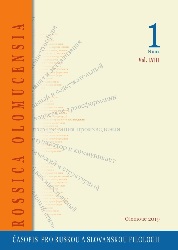
The review of: Злочевская Алла Владимировна: Три лика мистической метапрозы ХХ века: Герман Гессе – Владимир Набоков – Михаил Булгаков. Super Издательство, Санкт-Петербург, 2016, 552 c., ISBN 978-5-00071-999-2.
More...
Reviews of: Jaan Kross ja David Samoilov. Mu sõbra avatud akna all. Tallinn: David Samoilovi Eesti Ühing, Tallinna Ülikool, 2015. 75 lk. Давид Самойлов и Яан Кросс. В окно моего друга. Таллинн: Общество Давида Самойлова в Эстонии, Таллинский университет, 2015. 81 стр. David Samoilovi Pärnu. Teejuht. Luuletusi. Tallinn: Avenarius, 2015. 87 lk. Пярну Давида Самойлова. Путеводитель. Стихи. Таллинн: Авенариус, 2015. 81 стр. Loone Ots. Birkenruh’ episood ja teisi näidendeid. Tallinn: Eesti Keele Sihtasutus, 2016. 358 lk. See sinine sirjendav kaugus. Bernard Kangro ridade vahel tuhlates. Kangro luulest inspireeritud raamat, joonistused, heliplaat ja film. Koostaja Urmas Bereczki. Tallinn: Kirjastus Lepalind, 2016. 227 lk + CD (luuletusi esitavad autor ja Harriet Toompere) + DVD „Kesksuvetants. Etüüdid Bernard Kangro luuletustele” (režissöör Gabriel Dettre). Nancy Huston. Loomispäevik. Loomingu Raamatukogu 2016, nr 21–24. Tlk Leena Tomasberg. 240 lk.
More...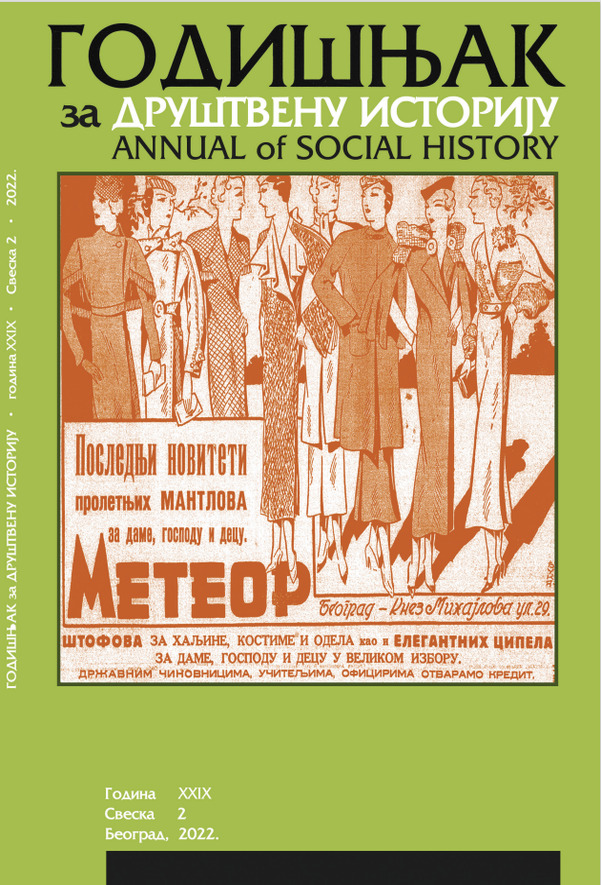
In the first half of the 1960s, the works of Alexander Solzhenitsyn were frequently published in Yugoslavia, and the writer himself was talked about very positively in public and in official correspondence. The focus was on the work One Day in the Life of Ivan Denisovich. The publication of the said work was approved in the USSR, so there were no problems in relations with Yugoslavia in that field. With the fall of Khrushchev, Solzhenitsyn’s position in the USSR deteriorated. Through the “Solzhenitsyn case”, SFR Yugoslavia showed independence and freedom of the press in its relations with the USSR. Solzhenitsyn’s works were printed and talked about positively, until the publication of The Gulag Archipelago. The publication of Solzhenitsyn’s works and positive articles about him in the Yugoslav press provoked significant protests from the Soviets, especially in the late 1960s and early 1970s. In the talks between Yugoslav and Soviet diplomats, the Yugoslav side responded very cautiously, saying that they were unaware of certain information and that the press was allegedly independent. After the publication of The Gulag Archipelago and his emigration, Solzhenitsyn was criticized in the Yugoslav press and ceased to be a stumbling block in Yugoslav-Soviet relations. Yugoslav official institutions stopped mentioning him or his works in the official documents. The Gulag Archipelago was published in SFR Yugoslavia only in 1988.
More...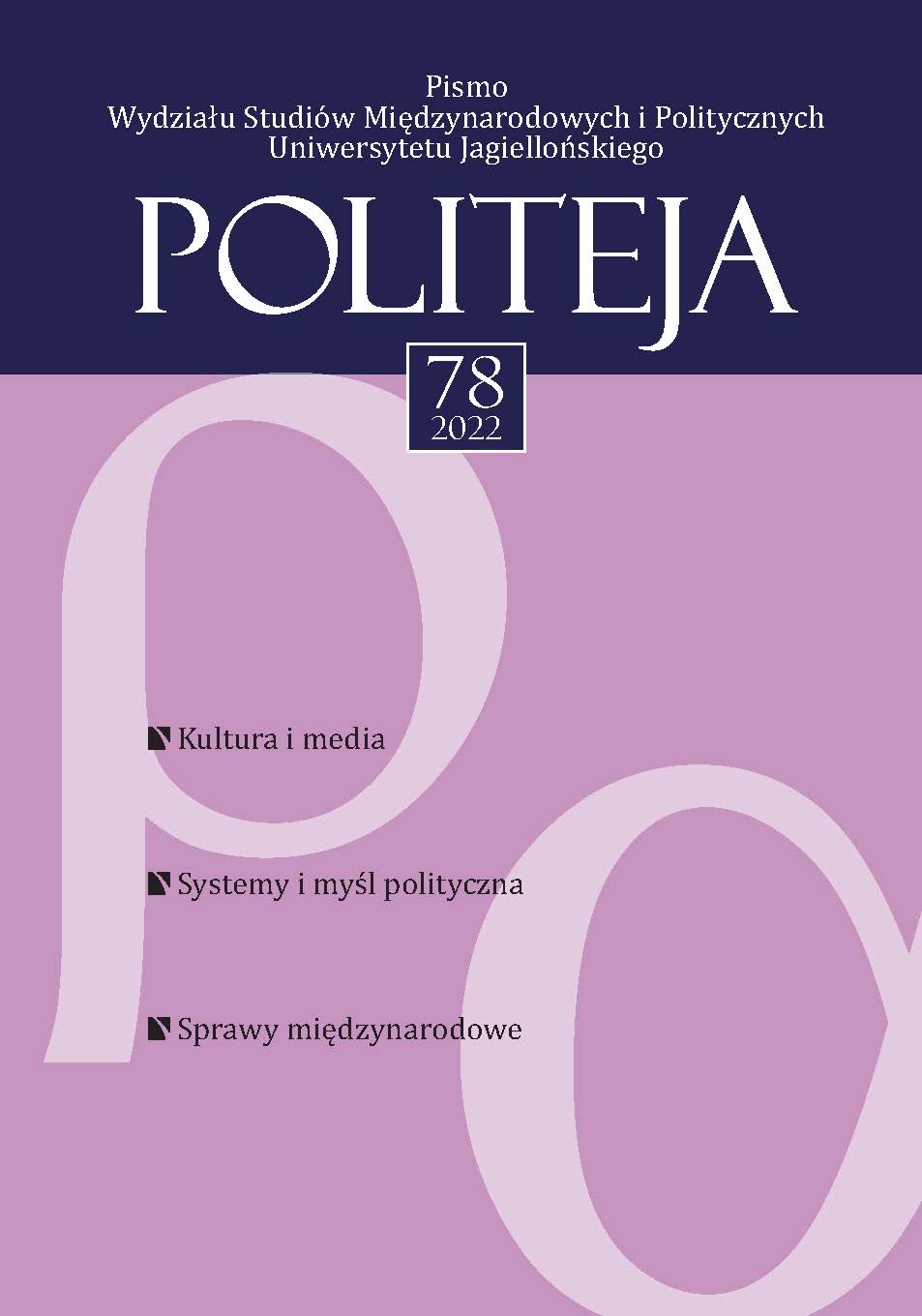
The aim of the following article is to consider expressions such as “identity” and “uniformization” which are often used in Russian philosophy as well as in contemporary Russian fiction. Two well-known novels translated into Polish language: “Medea and her Children” by Ludmyla Ulitzkha and “Duchless. A Story about Unreal Man” by Sergiey Minayev were chosen as examples. The first of them takesplace in the 1970’s, whereas the second one is set in the present day. In both cases identity is considered in the context of human relationships and the attitude to other people and at the same time to culture and tradition. Identity is usually based on certain determinants. These are: faith in God, the respect for different confessions, proximity to the nature, care for preservation of heritage including memory about the past and native language. Medea follows this hierarchy of values in her life. The identity of an anonymous hero of Minayev’s book was destroyed by globalizing processes, uniformization, boredom and by addiction to the Internet.
More...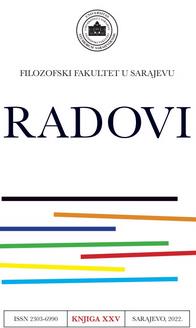
This article aims to present an overview of the concept of ‘dostoevshchina’ in the Kingdom of Serbs, Croats, and Slovenes / Yugoslavia, as well as to point out the similarities and differences in the perception of this concept in Soviet Russia and the Russian diaspora, respectively. The article attempts to clarify the status of this concept in the Balkans, and analyse the book Dostoevsky and Dostoevshchina by philosopher and missionary Grigory Spiridonovich Petrov. Studying the disputes about Dostoevsky from magazines worldwide, and those from “Russia Abroad”, helps the researcher understand the issues that both Soviet Russia and the Russian diaspora faced at the time and dealt with by relying on the ideas from Dostoevsky’s opus.
More...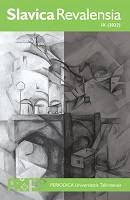
Discussing anachronisms in Alexandre Dumas’ The Three Musketeers, Umberto Eco concluded that most of them remain unnoticed by the Model Reader of the text as they are never located “in very strategic places” and can’t be identified without specialized knowledge that the Model Reader does not have. The article develops upon Eco’s observations, arguing that such “invisible” anachronisms are intrinsic to those genres of the novel that set the task of portraying a distinctive epoch, from Walter Scott’s and Leo Tolstoy’s historical fiction to Sergei Gandlevsky’s representation of the 1970s. If a plot and characters of the text are somehow related to particular historical incidents and persons, the scholarly commentary ought to pinpoint and explain anachronistic discrepancies, but the attempts of annotators to ascribe temporal exactitude to ahistorical narratives (e.g., Pushkin’s Eugene Onegin) are seen as futile and even harmful.
More...
In these notes (see also the previous volume of Slavica Revalensia), Prof. Alexander Ospovat of UCLA identifies the sources of several segments of Alexander Pushkin’s novel _The Captain’s Daughter_, uncovers themes and events silently implied in the text (e. g., the protagonist’s sexual amusements, the money system in 18th-century Russia, a bath ritual in the Russian countryside, etc.), and reconstructs hidden meanings of individual episodes.
More...
This pioneering article-length study of Ivan Krylov’s last fable “Vel’mozha” (“Grand Seigneur”) addresses the text’s central character (there are serious reasons to assume that the grand seigneur represents Chancelor Viktor Kotchubey), and examines the fable’s pragmatics, involved allusions, and genre. It also puts forth a likely new date of the “Grand Seigneur’s” composition — 1834.
More...
This article concerns the likely source of an erotic image from Valery Bryusov’s hoax poem collection Stikhi Nelli (Nelli’s Poems). It shows that the image of an octopus copulating with a woman in the culmination of the poem “Nochnoi ropot” (“Night Murmur”), is related to Japanese erotic engravings (shunga), and originates from Hokusai’s woodblock print “The Dream of the Fisherman’s Wife” (1814). Thus, the source established supports the idea that shunga inspired European modernist poetry in its search for a new erotic language.
More...
The article analyzes one of the aspects of the mythological layer of Bulgakov’s works — the system of motifs related to the image of St. Nicholas — Russia’s most venerated saint. Out of two incarnations of Nikolai Ugodnik, Bulgakov is primarily interested in Nikola Zimnii: there are virtually no allusions to Nikola Veshnii (Summer) in his prose (this is also true for the writings taking place in summer: “The Fatal Eggs,” Flight, The White Guard, etc.). References to St. Nicholas intertwine with allusions to two Russian Emperors, Nicholas I and Nicholas II (see: “The Khan Fire,” Alexander Pushkin, Batum, etc). As St. Nicholas is venerated as a patron saint of sea travelers, it is not surprising that in Bulgakov’s works the connotations revealed are supplemented by water motifs — with water appearing in various aggregate states (in the form of snow, for example).
More...
This article, completed during Dr. Polina Poberezkina’s stay in Estonia, examines several accounts of Anna Akhmatova’s last years and the poet’s funeral. It is centered around some letters of Lev Ahrens to Grigory Petnikov from the Central State Archive-Museum of Literature and Arts (Kyiv, Ukraine) supplemented by letters from Anna Garf and Natalia Briukhanenko to the same addressee.
More...
This is a yet another installment in the series of Roman Timenchik’s annotations to Anna Akhmatova’s _Notebooks_ (see also four previous volumes of Slavica Revalensia — from 2018 to 2021). This particular installment examines Akhmatova’s appreciation of John Keats: the poet she mentioned in _Notebooks_ as the source of the epigraph to the cycle “Shipovnik tsvetet” (“The Rosehip Blossoms”), and also a poet she read extensively while learning English in Tashkent. The article proves that this learning experience left echoes in several of Akhmatova’s poems of the corresponding period, and also examines Akhmatova’s interest and appreciation of Keats vis-à-vis the background of the British poet’s reception by some of her contemporaries.
More...
This is a prefaced publication of Juri Lotman’s brief note “Lenin in Mayakovsky’s Poems and Eisenstein’s Art,” which he wrote for his student in the Spring of 1970, and softly encouraged to publish under her name in Materialy XXV nauchnoi konferentsii molodykh filologov (Proceedings of 25th Junior Scholar Conference).
More...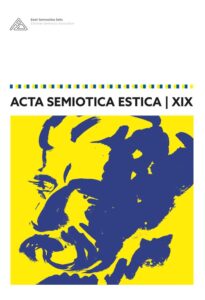
Aga mis siis on see inimese elu siin ilmas? Kunagi mul oli yks sõber Joosep, kes arvas, et kui möödub päev, mil ta kasvõi yhe korra ei mõtle sellele, miks ta mida teeb ning millepärast ta yldse eksisteerib, on tegu raiskuläinud päevaga. Leian endki tihtilugu muude argiste ja samas niivõrd efemeersete probleemide kõrval mõtisklemas mina-olemise teemal – see ei ole kerge, kuid ilma selleta samuti ei saa. Uku Masingul oli mõiste “elusamus”, mis kätkes endas ideed olla igal järgneval päeval parem inimene kui eelneval. “Inimese ehk mõistliku olendi eluülesandeks ehk sihiks ehk elu mõtteks võib pidada “elusamust”. Elu on mõttekas siis, kui inimene saab olla intensiivsem, teadlikum, ärkvemal eilsest” (Tootsen 2000: 01.01–01.23). Tootsen lisab: “Elusamus on Uku Masingu tuletis ühest indiaanikeelsest sõnast, mille samatähenduslikuks vasteks võiks pakkuda “ärkvelolu”“ (Tootsen 2000: 00.00–00.10). Elusamus on justkui juhtmõte, millest oma elus kinni pidada, lausa konstantinstanislavskilik сверхзадача ehk pealisylesanne – miski, mille poole pyyelda. Vendade Arkadi ja Boriss Strugatski 1970. aastal ilmunud ulme-krimiromaan ““Hukkunud Alpinisti” hotell” (edaspidi lyhendina: HAH) on kahtlemata yks nendest teostest, kus käsitletakse “mina” olekut natukene teises võtmes, esitatakse kysimusi olemasolust ja eksisteerimisest nii inimeste kui “teistsuguste” vahel, kuid mitte ainult, sest tuuakse sisse ka mitmetahuline piiride tunnetamine, dogmaatilisuse ja tundmatute maailmade olemus ja probleemistik.
More...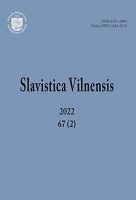
The author has addressed both Soviet and post-Soviet song discourse a number of times already, as it is in the song discourse that one can discern the reflection of the ideological attitudes on the one hand and a certain indicator of how the spirit of the times changes on the other. The 2000s increased the impact channels of the song genre by adding the visual channel to the ones already existing; that is, a truly popular song is disseminated in clips. There appeared a new kind of a “civil” song in the Russian song space. It explicitly coincides with the propagandist trends, either the ones being created or the ones that have already been set. This song discourse is full of ressentiment motives that have rallied the present-day Russian authorities and a certain part of the population. Their aggressively advancing potential is related to the traumatic condition of the society experiencing a particular shock caused by the feeling of the loss of the erstwhile grandeur of the country. The author deals with the functions of such a propagandistic song that can be characterized as an additional propagandistic narrative on the examples of Gazmanov’s and Bichevskaya’s songs.
More...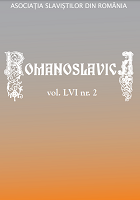
The article is devoted to the actual problem of interrelated study of Russian and World / National Literatures. The idea of intercultural dialogue is taken as a principle of this methodological approach to teaching literature. The works of A. Pushkin are investigated from this point of view. In the Republic of Moldova the creative works of famous Russian poet are studied both in two types of basic language schools: Russian and Romanian. For example, in Russian schools the works of A. Pushkin (lyriks, story “The Postmaster”, the novels “Dubrovsky” and “Eugene Onegin”) are regarded in the context of the World Literature. But in Romanian (național) schools the lyric poetry of A. Pushkin is studied in parallel with the native literature (poems of M. Eminescu and V. Alecsandri). The author emphasizes the effectiveness of such approach of studying literature and gives examples from personal experience of teaching creative works of A. Pushkin at schools and universities.
More...